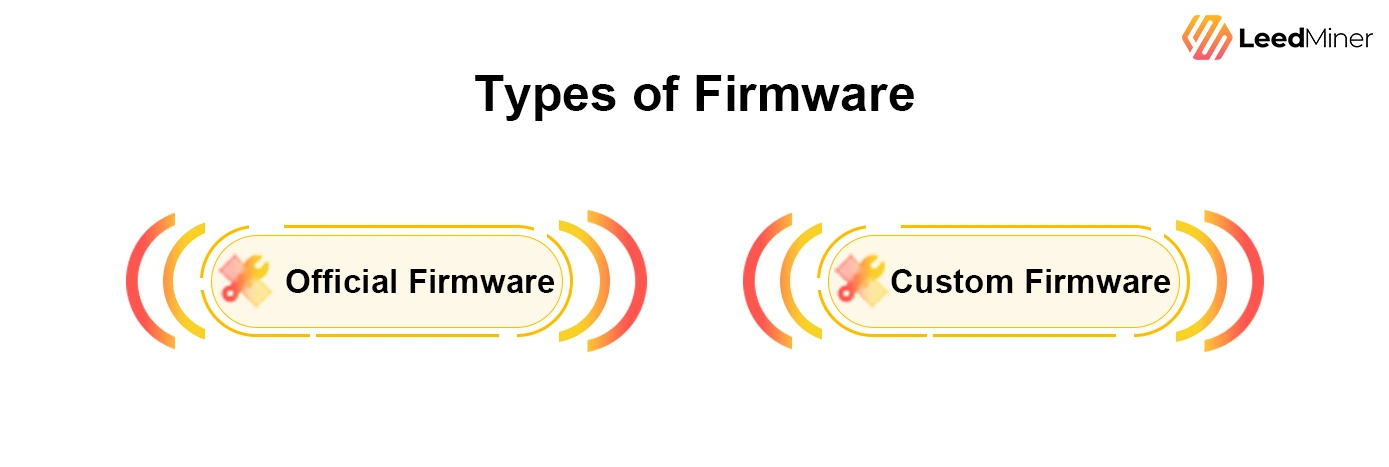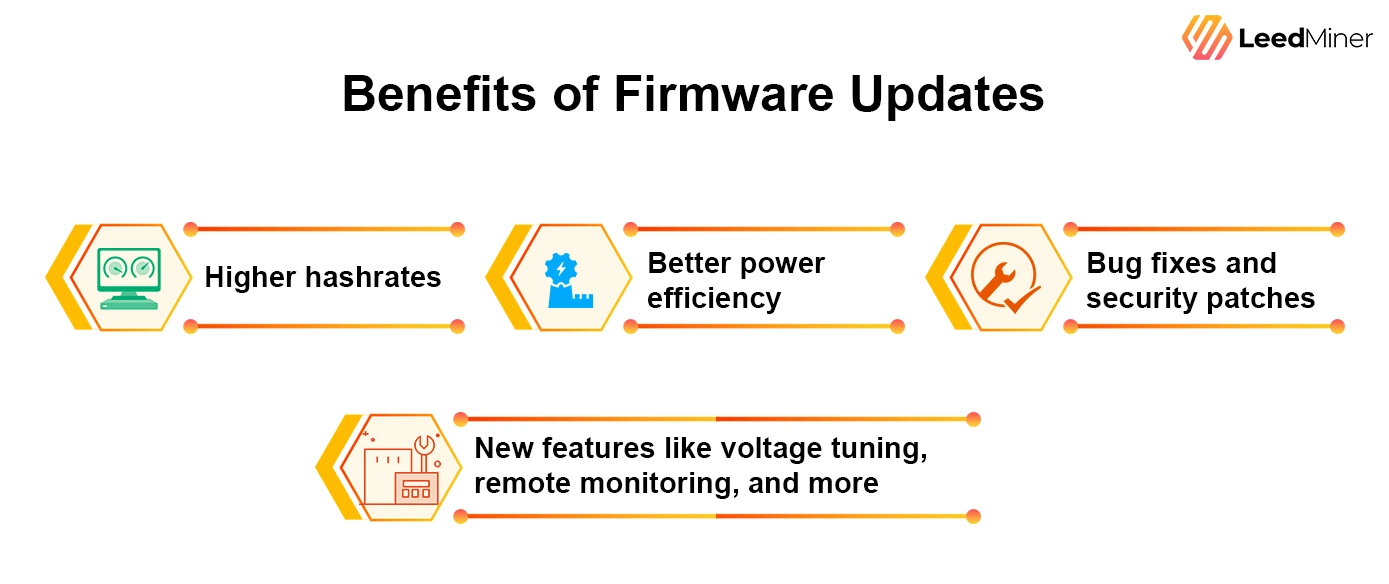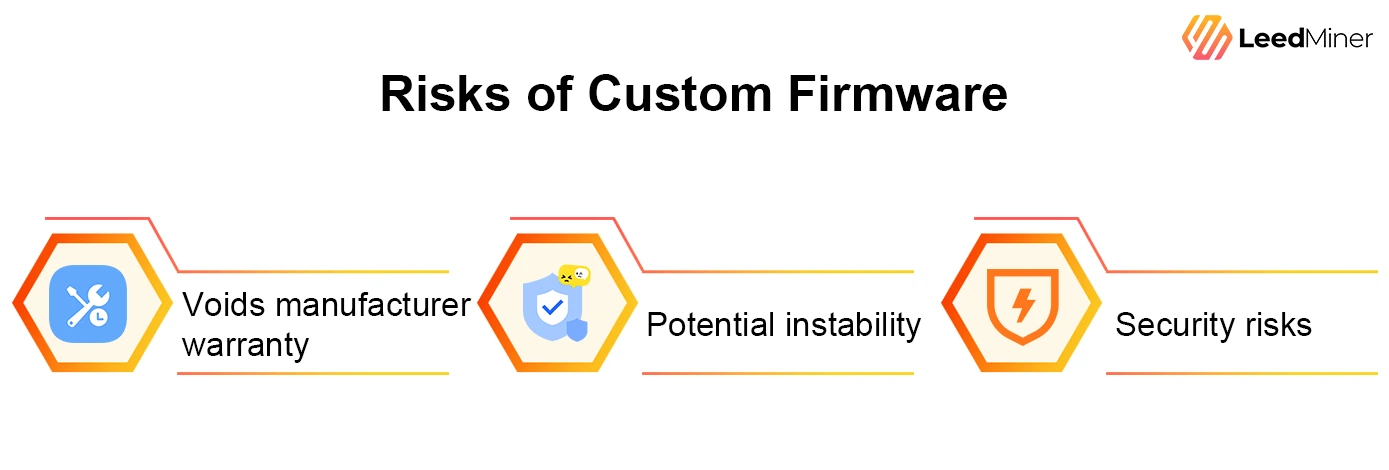SUMMARY
In the world of cryptocurrency mining, ASIC miners SHA-256
What is Firmware
Firmware is a type of software that is embedded into the hardware of a device. It acts as the control system that tells the machine what to do and how to do it. Unlike regular software that runs on a computer or phone, firmware is designed to interact directly with hardware components. It’s stored in non-volatile memory, meaning it remains even when the machine is powered off. In ASIC miners, firmware is essentially the brain that operates the machine, controlling everything from fan speeds to mining algorithms.
What Does Firmware Do in ASIC Miners

ASIC miner firmware plays a crucial role in:
- Controlling hardware components It manages how hash boards, cooling fans, and power supplies operate in harmony.
- Connecting to mining pools Firmware handles the setup and communication with your mining pool, ensuring your miner gets jobs and submits shares.
- Monitoring performance Real-time stats like temperature, hashrate, and uptime are all tracked and displayed by the firmware interface.
- Security and system stability It protects the miner from bugs, crashes, and potential attacks from unauthorized sources.
Types of Firmware

There are mainly two types of firmware you’ll encounter:
1. Official Firmware
- Released by manufacturers like Bitmain, MicroBT, iPollo, etc.
- Prioritizes stability and warranty compliance.
- Usually has limited options for customization or tuning.
2. Custom Firmware
-
Developed by third parties (e.g., Braiins OS, VNish, Asic.to).
-
Offers advanced features like:- Overclocking
-
Underclocking
-
Custom fan curves
-
Power efficiency tuning
-
Popular among experienced miners who want to maximize profitability.
Benefits of Firmware Updates

Upgading your firmware can lead to:
- Higher hashrates
- Better power efficiency
- Bug fixes and security patches
- New features like voltage tuning, remote monitoring, and more
Official firmware updates are often necessary for stability, while custom firmware lets you squeeze every bit of performance out of your machine.
Risks of Custom Firmware

While tempting, using custom firmware has downsides:
Voids manufacturer warranty
Once flashed, you may no longer be eligible for support or repairs.
Potential instability
Incorrect tuning can lead to overheating or hardware damage.
Security risks
Be cautious when downloading from unknown sources. Malicious firmware can compromise your miner.
How to Update Firmware (Basic Steps)
- Download the correct firmware version (official or custom).
- Log into your miner’s web dashboard using its IP address.
- Go to the firmware upgrade section.
- Upload the firmware file.
- Flash and reboot the miner.
- Reconfigure your settings if needed.
Tip: Always back up your configuration before updating firmware.
CONCLUSION
Firmware is more than just a piece of code — it’s the operating system that controls your ASIC miner’s behavior, performance, and efficiency. Whether you stick with the official version or explore custom options, understanding firmware is essential for getting the most out of your mining investment. Choose wisely, stay updated, and mine smarter!



